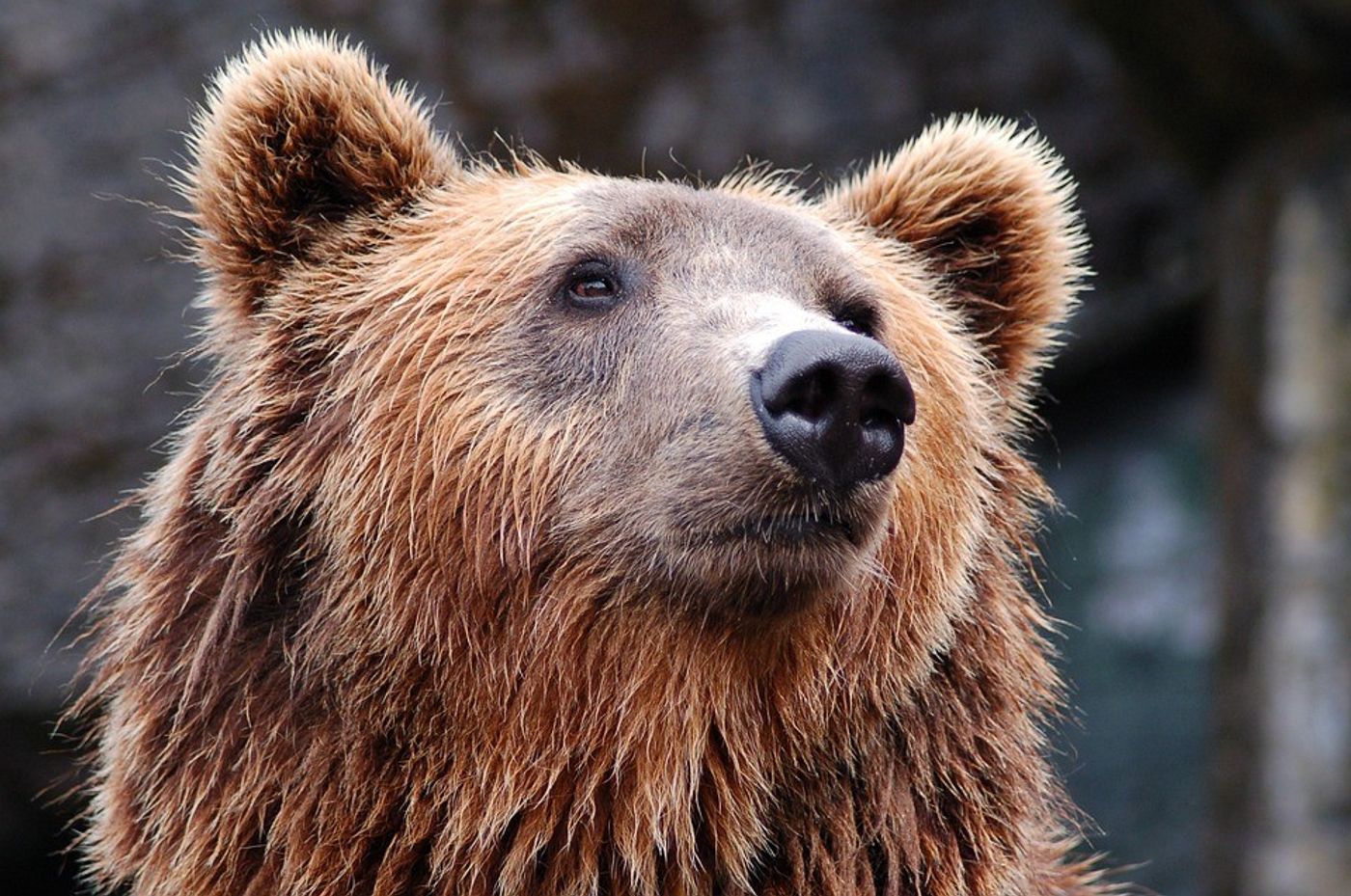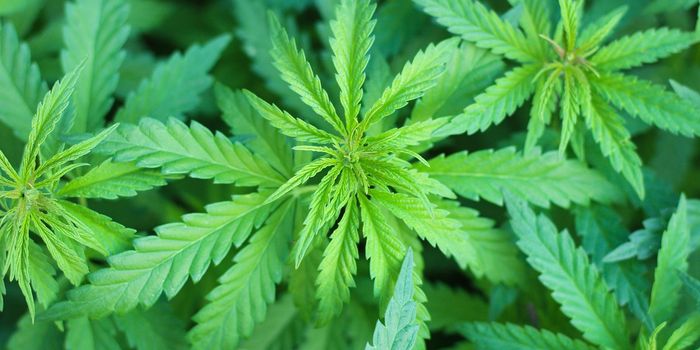Bears can have different diets, but reach similar sizes due to microbiome
While there are numerous stories of bears attacking humans for food or ransacking towns—like Hank the Tank in summer 2022—the reality is that wild bears tend to stick to a pretty regular diet. Most bears are omnivores and subsist on plants, fish, and meat on occasion. Diet and caloric intake are particularly important for bears, especially given their long periods of hibernation. But, given that their home range varies between 10-290 square miles and not all individuals overlap in range, little is known about how variable diets may affect body size and fat reserves.
The niche variation hypothesis (NVH)—originally proposed by Leigh Van Valen in 1965—says populations tend to become more generalized when they lack interspecific competition. And, previous work testing the niche variation hypothesis and dietary plasticity found that brown bears (Ursus arctos) generally follow the NVH. Studies have shown that brown bears tend to achieve similar body conditions regardless of specific dietary niches, meaning that the variable diets consumed by individual bears living in different niches can result in similar physiology. While researchers have known this could happen, they were unsure how it happened.
A new study led by Sarah M. Trujillo from Northern Michigan University and the US Fish and Wildlife Service found that a given bear’s gut microbiome allows individuals to achieve similar sizes and fat stores. Bears are traditionally thought of as having simple digestive tracks, however, results from this study suggest that there is greater diversity in the gut microbiome which is important to the physical health of the bears.
Fecal samples were collected and DNA was extracted in order to taxonomically classify microbes from 51 bears at three Alaskan national parks: Katmai National Park and Preserve, Lake Clark National Park and Preserve, and Gates of the Arctic National Park and Preserve. The three populations tend to have different diets, where the Lake Clark bears tend to eat a lot of berries, salmon, and moose while bears in Katmai eat a wide range of vegetation, fish, and other marine species. Thus, bears on the whole have a wide dietary range, but their gut microbiomes are able to extract nutrients from these different foods allowing them to achieve a relatively similar body size.
As ecosystems evolve due to climate change, understanding the relationship between overall community and individual health and gut microbiome structure becomes increasingly important. Knowing what they are eating and what nutrients they are getting from these food sources ultimately aids in conservation efforts—scientists are able to identify how many bears a given ecosystem can support while also spotting emerging challenges.
Sources: New York Times, American Naturalist, Oikos, Polar Biology, Scientific Reports, North Carolina State University News









